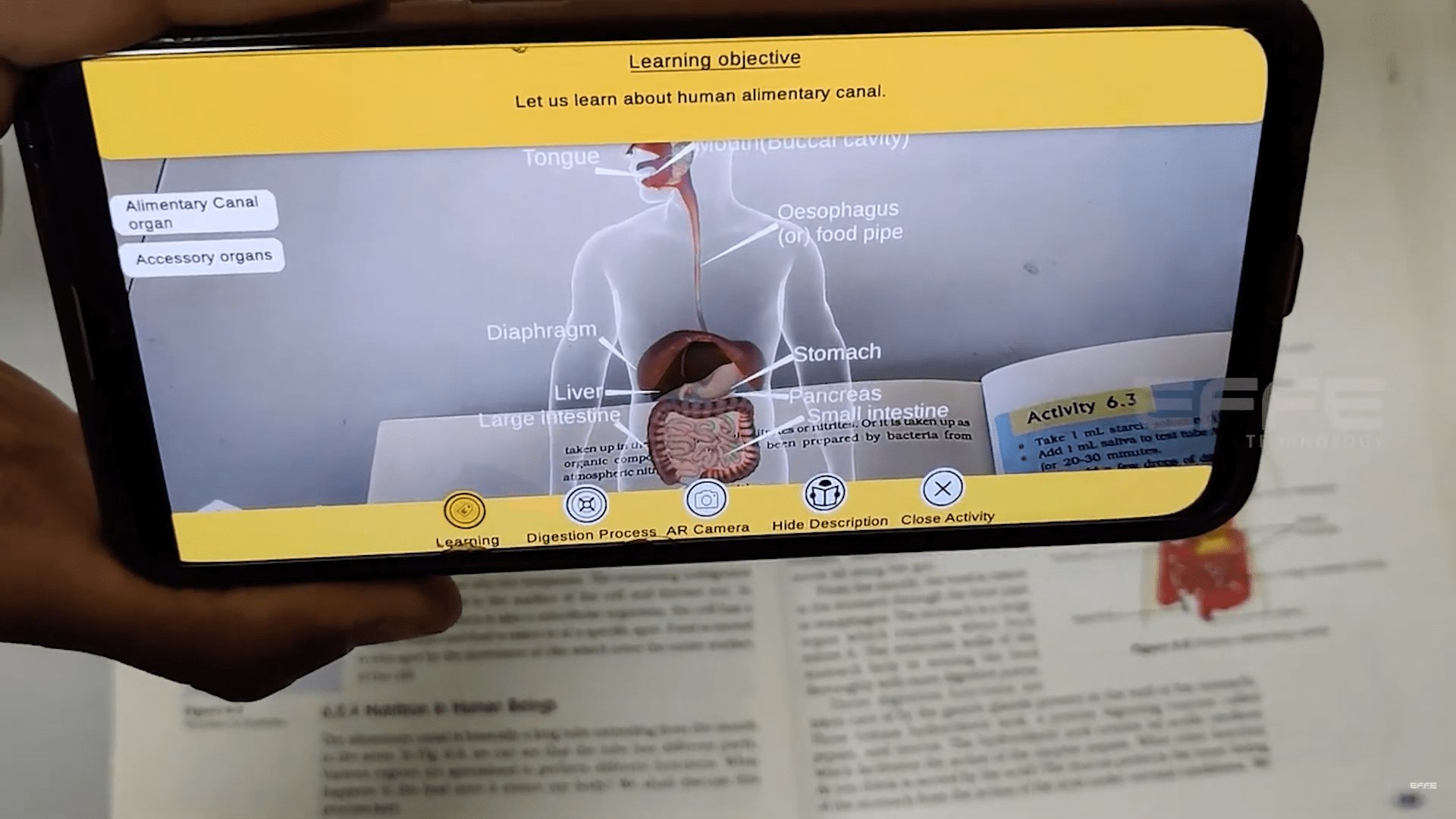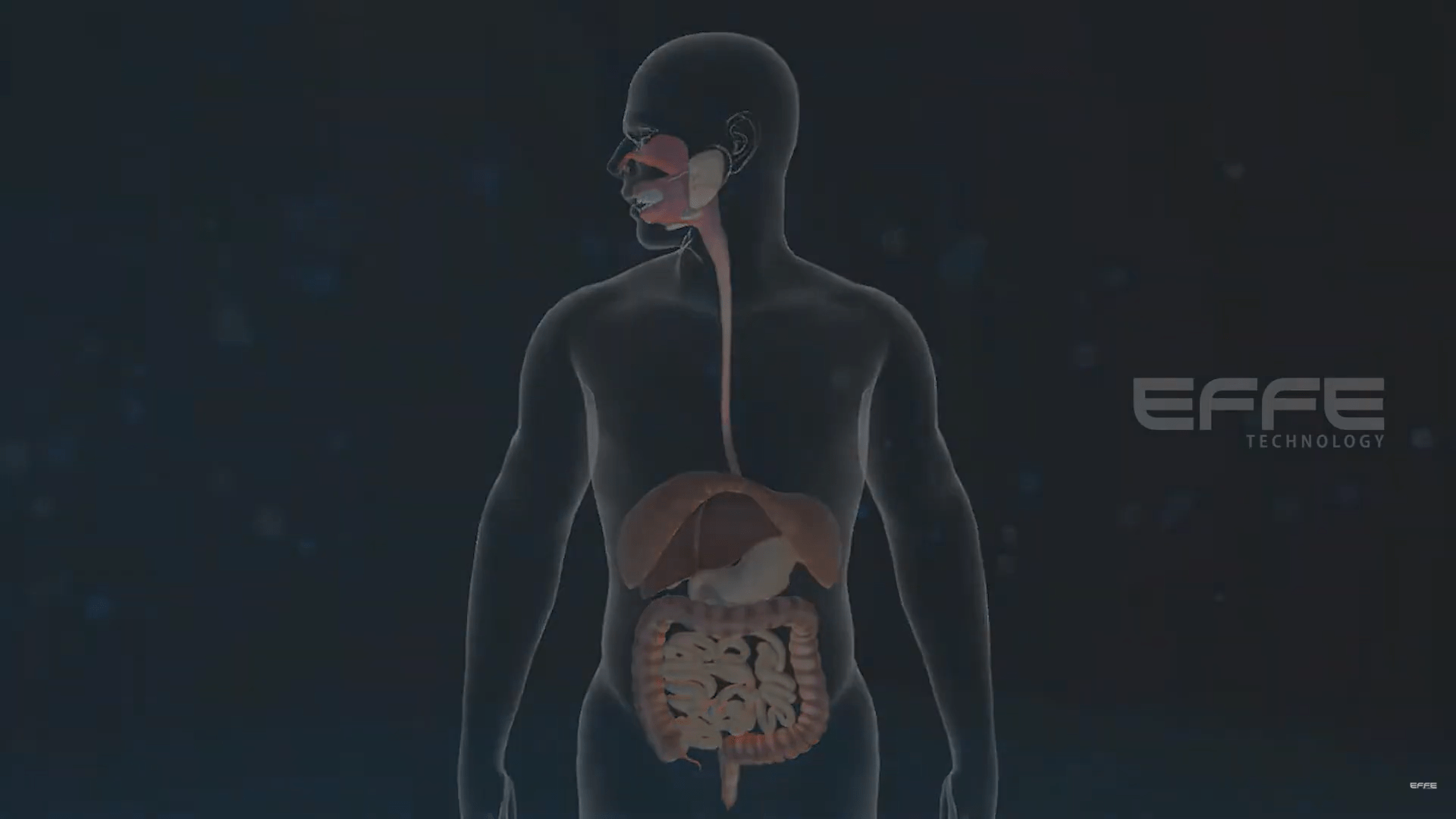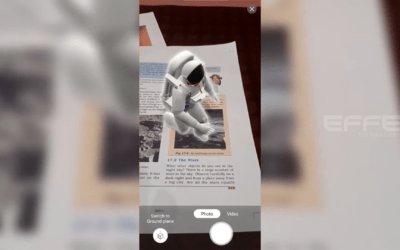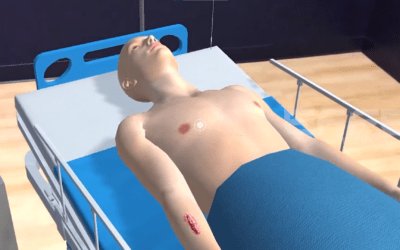Project Brief:
In the evolving landscape of education, integrating technology has become essential to meet the diverse needs of learners. This case study explores the development and implementation of augmented reality (AR) solutions tailored for K-12 education and medical e-learning. By leveraging AR for medical student training and interactive learning, the project aimed to create immersive and engaging educational experiences that enhance comprehension and retention.
Client Requirement:
The clients, comprising educational institutions and medical training centers, identified the need to modernize their teaching methodologies to align with contemporary learning preferences. Their primary requirements included:
- Interactive Learning Modules: Development of AR-enhanced modules for core subjects in K-12 education and complex topics in AR for medical student training, making learning more interactive and engaging.
- Seamless Integration: An augmented reality solution that integrates smoothly with existing e-learning platforms without disrupting current workflows.
- Accessibility: Ensuring the AR content is accessible across various devices, including tablets, smartphones, and desktops, to accommodate all students.
- Educator Training: Comprehensive training programs for educators to effectively utilize the augmented reality service in their teaching practices.
Project Planning, Strategy, and Our Process:
To address the clients’ needs, we adopted a structured approach encompassing several key phases:
- Assessment and Research: We conducted in-depth consultations with educators and stakeholders to understand the specific challenges and opportunities within the K-12 education industry and AR for medical student training. This involved analyzing current teaching methods and identifying areas where augmented reality could add significant value.
- Design and Development: Leveraging insights from the research phase, our team designed AR modules aligned with the K-12 curriculum and AR for medical student requirements. These modules included 3D visualizations, interactive simulations, and virtual experiments to enhance understanding of complex concepts.
- Integration: The augmented reality solution was developed to be compatible with existing e-learning platforms. We ensured that the AR content for K-12 and AR for medical student programs could be easily accessed without requiring significant infrastructure changes.
- Testing and Feedback: Pilot programs were implemented in select classrooms and medical training sessions to gather feedback. The iterative process refined the AR modules to ensure they met educational objectives and user-friendliness for both K-12 learners and medical students using AR for medical student platforms.
- Training and Support: Comprehensive training materials and workshops were developed for educators, ensuring they could maximize the effectiveness of AR, particularly for K-12 and AR for medical student environments.
- Deployment and Evaluation: After successful testing and training, the AR solution was rolled out across institutions. Continuous monitoring and evaluation assessed the impact on engagement and learning outcomes, particularly in AR for medical student programs, allowing further refinements.

Deliverables and Client Benefits:
Deliverables:
- A suite of AR-enhanced learning modules covering core K-12 subjects and medical training topics, including content specifically tailored to AR for medical student programs.
- Integration of the augmented reality solution with existing e-learning platforms.
- Training programs and materials for educators to effectively utilize augmented reality, especially in AR for medical student courses.
- Ongoing technical support and updates to ensure the solution remains effective and relevant.
Client Benefits:
- Enhanced Student Engagement: The interactive nature of augmented reality captured students’ attention, particularly benefiting those in AR for medical student courses.
- Improved Learning Outcomes: Immersive AR experiences led to better understanding of complex subjects, including medical training.
- Educator Empowerment: Teachers were equipped with tools to deliver content dynamically, fostering innovation in both K-12 and AR for medical student settings.
- Competitive Advantage: Institutions adopting AR solutions, particularly AR for medical student modules, positioned themselves as leaders in educational innovation. Visit Our Partner Website
Conclusion:
The integration of augmented reality in K-12 education and AR for medical student environments has proven transformative, enhancing teaching and learning experiences. This case study highlights how AR services can revolutionize education, making it more interactive, engaging, and effective for the digital age.




